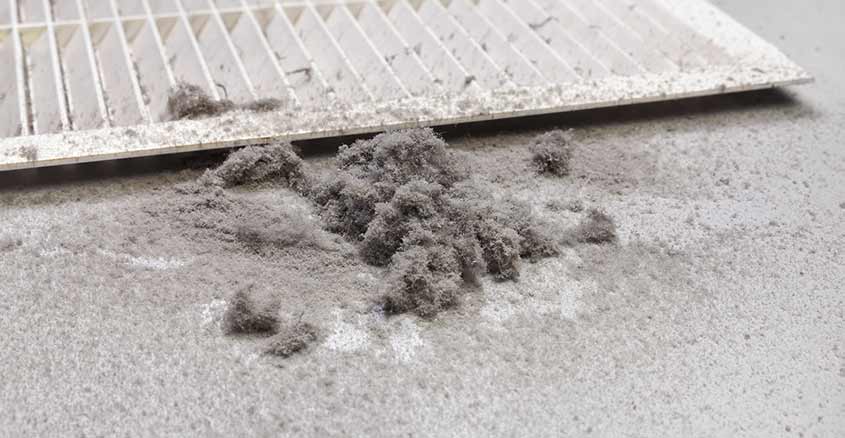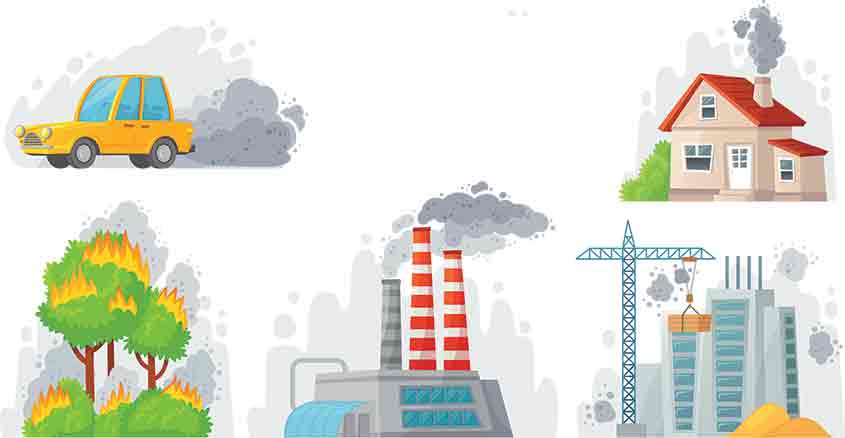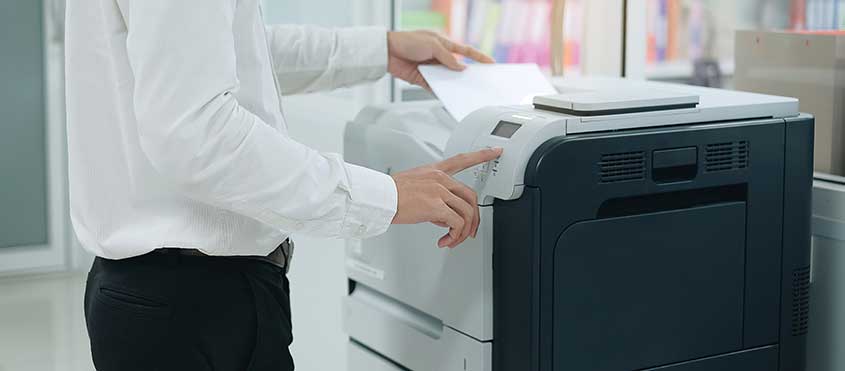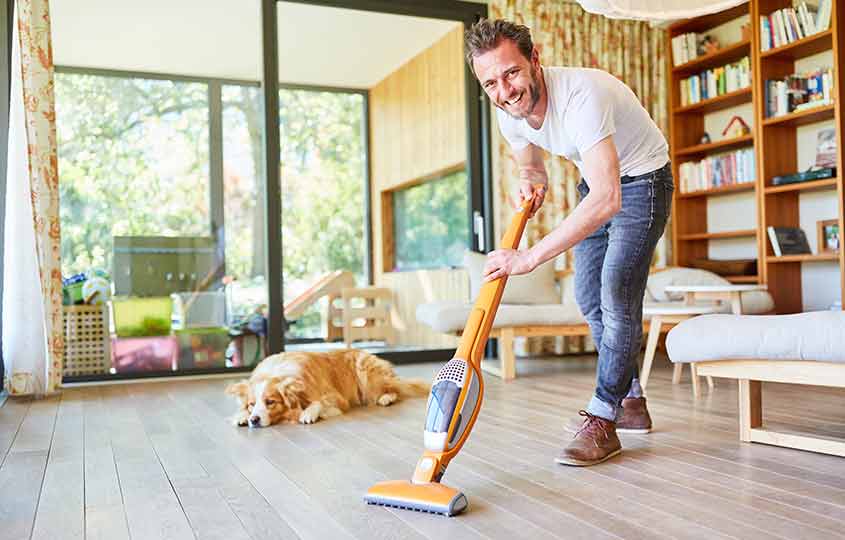Rambla Salvador Samà, 47
Vilanova i la Geltrú – Barcelona – Spain
CONTACT FORM

PM2.5 fine dust affects health more than any pollutant. Despite this, it is common in cities and inside homes and offices.
These are ultrafine particles (2.5 microns in diameter or less) that are a mixture of organic and inorganic substances of all kinds. Their small size allows them to reach the pulmonary alveoli.

In addition to causing allergies and respiratory diseases, particulate matter also causes cardiovascular ailments and lung cancer, declared carcinogenic by the WHO in 2013.
Science has identified that high and prolonged exposures to fine particulate matter increase long-term mortality in the population, hence the importance of keeping it at bay.
Public administrations only report coarser particulate matter PM10 (10 microns) which is less hazardous, but the presence of PM25 outdoors is very common. The main sources are:

Ultra-fine material from outside is hardly deposited after entering and can remain in the indoor air for hours or days.
In addition to these particles, there is dust from people rubbing against carpets, rugs, upholstered furniture, textiles and the like.
Then there are also mould spores, dust mites and other indoor sources: household appliances and electronic devices, cleaning products, paints, perfumes, air fresheners, household pesticides, etc.
The most serious situation occurs in offices or homes using laser printers. Here the particulate matter is even finer, in the nanoparticle range, and includes substances that can be very critical: heavy metals such as nickel, mercury, lead or copper and VOCs such as benzene.

Outdoors, it is difficult to avoid exposure to PM25, as public administrations are reacting slowly so as not to affect the economy.
It is recommended to avoid intense physical activity during pollution episodes and always try to do it away from busy streets.
Indoors it is recommended:

The WHO sets outdoors limit values for fine particulate matter PM2.5 (WHO guideline):
10 μg/m3 annual average.
25 μg/m3 24h average.
Indoors, the target values should be stricter, as we generally spend there 80-90% of our time.
In case of respiratory or coronary disease, it is also advisable to carry out particulate matter analyses in the home. They can identify whether it contains heavy metals or other hazardous contaminants. If this is the case, the source should be traced because of its serious toxicity and eliminated.
Rambla Salvador Samà, 47
Vilanova i la Geltrú – Barcelona – Spain

2025 © Copyright - Carles Surià